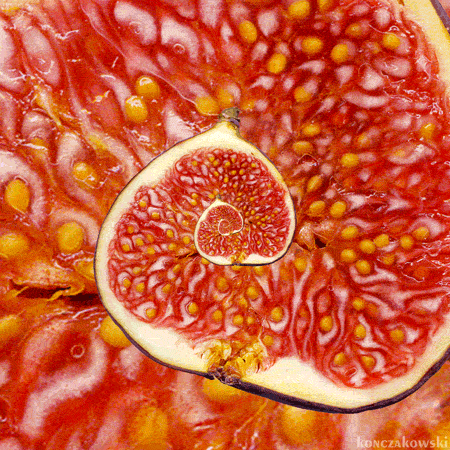A fig is not just an ordinary fruit, in fact, it’s not even a fruit.
Strictly speaking, figs are inverted flowers.
Figs don’t bloom in the same way as other fruit trees like almonds or cherries.
Figs have a very curious history.
First of all, they’re technically not a fruit, but an infruity (a set of fruits).
Amazon #ads

And secondly, they need a slaughtered wasp to breed, an insect that dies inside the fig.
In a nutshell, figs are a kind of inverted flowers that bloom inside this large, dark, red-hued bud we know as figs.
Each flower produces a single nut and a single seed called an “aquarium”.
The fig is made up of several branches, which give it this characteristic crunchy texture.
Therefore, when we eat one fig, we are eating hundreds of fruits.
But the most amazing thing, it’s the special pollination process that fig flowers need to reproduce.
They can’t depend on whether, the wind or the bees bring pollen as other fruits, so they need a species known as the fig wasps.
These insects transport their genetic material and allow it to reproduce.
For their part, wasps couldn’t live without figs, as they deposit their larvae inside the fruit.
This relationship is known as symbiosis or mutualism.
Currently, the vast majority of producers of this fruit no longer need the work of wasps.
Most fig varieties for human consumption are part non-genetic.
This means they always bear fruit in the absence of a pollinator.




